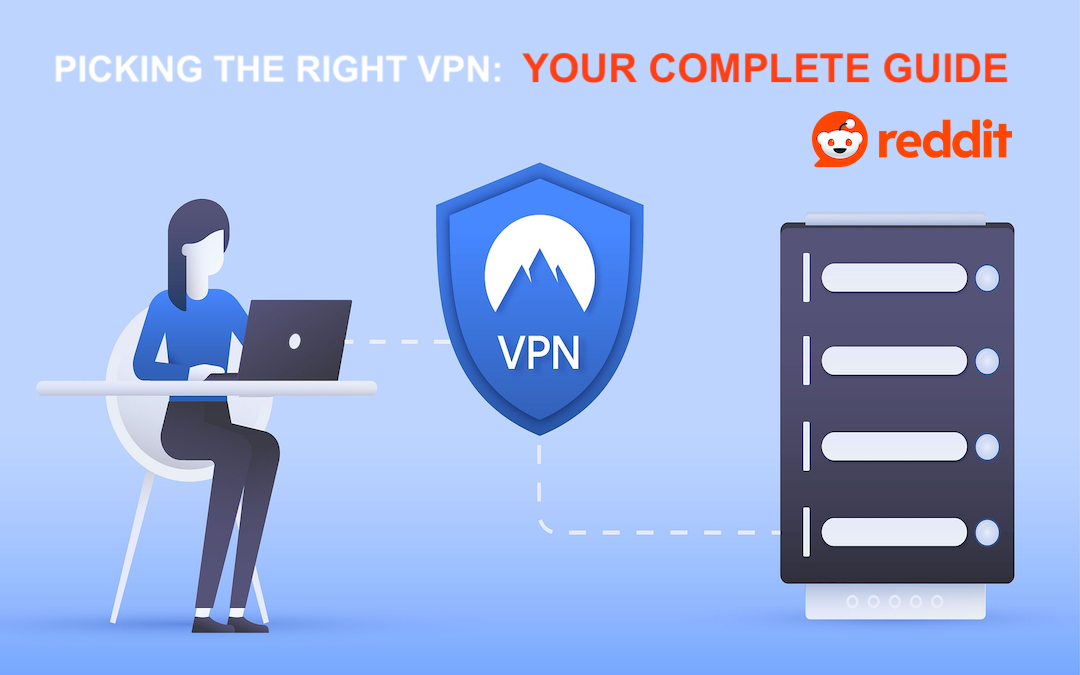Apr 17
2024
The Role of Facial Recognition in Identity Verification and Fraud Prevention

Facial recognition is changing the world at an unprecedented rate from locking doors on our phones to securing boundaries. It does have a practical significance in establishing identity and fraud detection, the most suitable security network of schedules for replacement of the former. Now, let’s plunge into the inner working principle of the facial recognition system, the gains behind its fraud control, inclusion, and the contemplations still faced by its implementation.









